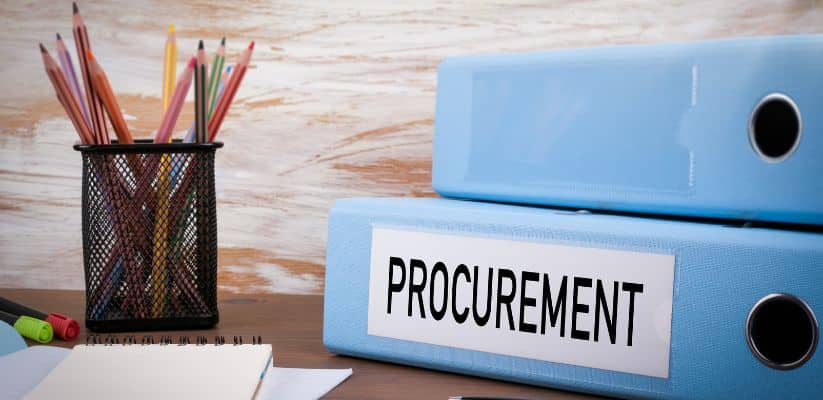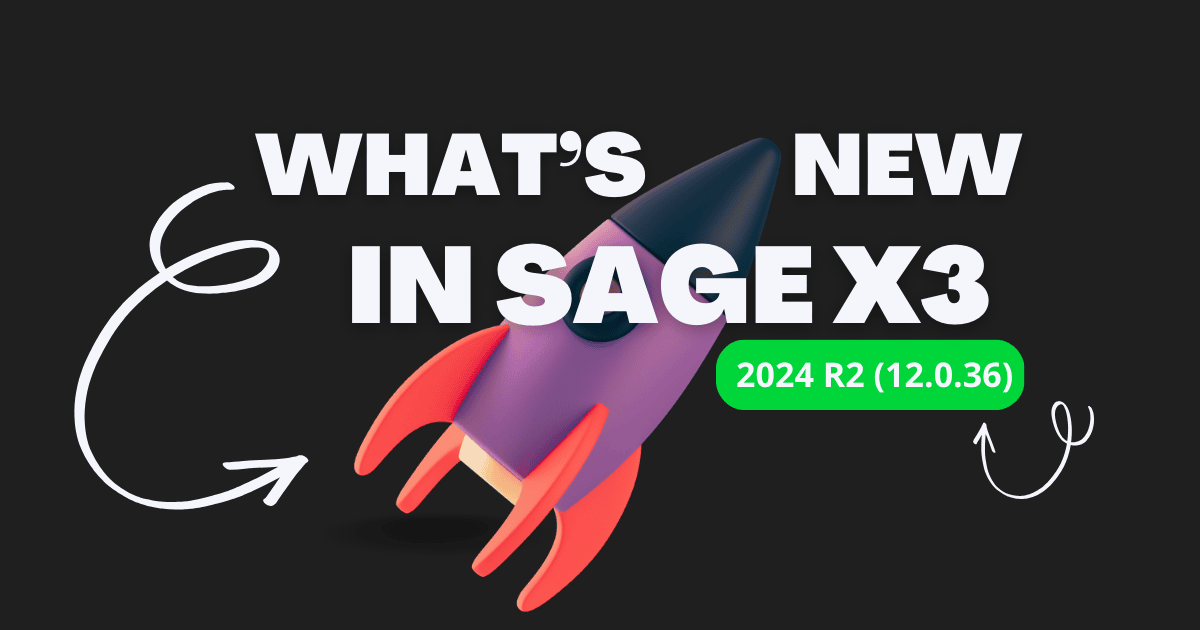SUMMARY: Traditionally, a few businesses took the term procurement with purchasing. But, nowadays, businesses are seeing procurement as one step in a large view. So, let us learn what is procurement in detail in this post.
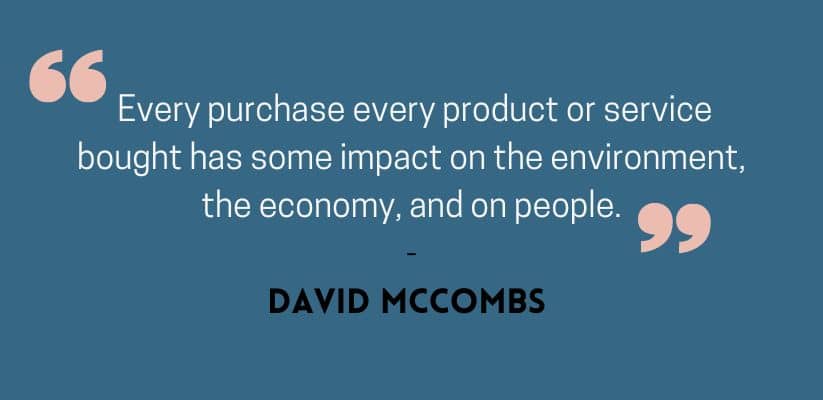
So, you must now be thinking exactly what is procurement?
Procurement is an important transactional section of a running business. The process of choosing and purchasing the services and goods for daily business operations remains important. In order to get the required supplies for businesses at the lowest cost, procurement helps a lot and contributes to directly impacting the bottom line of the business.
Let us learn the most important aspects of procurement.
What is procurement process?
The process embraces a wide array of activities that are involved in obtaining services and goods. The main aim of the procurement is to get competitively priced goods that deliver the highest values. For some organizations, procurement takes every stage right from collecting business requirements, and sourcing suppliers to the precise tracking of goods receipts and finally updating the payments. Stating about what is procurement definition? There are some companies that define procurement as a short range of activities including making payments and issuing purchase orders.
<< Also Read: Procurement meaning and process explained>>
Why procurement in the business is vital?
If you are planning to understand supply chains then procurement is the most important step. Procurement helps companies find reliable suppliers that can provide highly competitive priced goods and services that can fit the company’s requirements.
For instance, if an organization demands a new supplier to offer a current service for an uncertain time period then the procurement process helps the organization choose the best supplier who can fulfil all the business needs at an economical price. Also, it helps businesses save a huge amount of time, valuable resources, and money while dealing with an inappropriate supplier.
Another major facet of enhancing the procurement process includes minimizing the cost. While it is also critical to offer high-quality goods as well as services demanded by the company and have the capability to deliver the most authentically while tracking the records accurately.
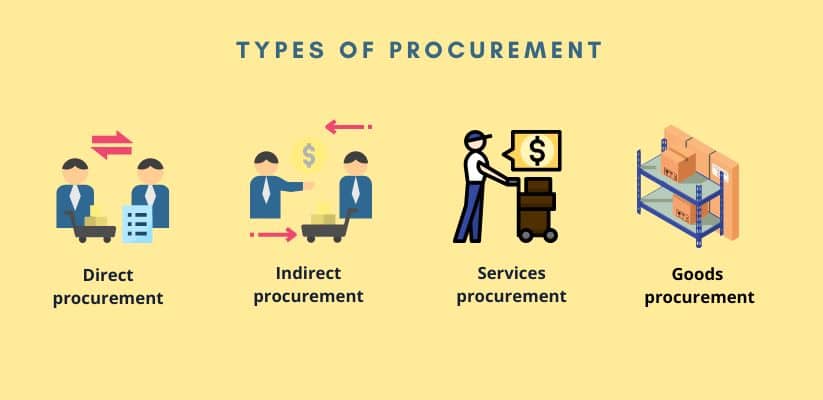
Procurement is classified in many ways such as direct/indirect procurement. It depends on how the company is using the items to be procured. Moreover, procurement can also be classified as goods/services procurement relying on the items that are being procured since then.
Let us see the types in-detail.
Direct procurement-
Direct procurement means obtaining things that are quintessential to offer an end-product. If yours is a manufacturing company, then this would include components and raw materials. For a retail business, the process would include the items purchased for resale to the consumers.
Examples- Raw materials, parts, components, items purchase for resale
<< Also Read: Difference between Procurement and Purchasing>>
Indirect procurement-
It usually includes items purchases that are essential for daily business operations without affecting the company’s bottomline. It includes everything right from the office related supplies along with advertising campaigns, and furniture. It also involves consulting services and maintenance of equipment.
Examples- Office supplies, marketing utilities
Services procurement-
This focuses on procuring people-based services. As per the company, this will also include hiring law firms, individual contractors, on-site security services, and labor. Services procurement may also include indirect/ direct procurement.
Examples- Wholesale items, raw materials
Goods procurement-
It refers to the procurement of physical items while it also includes some software subscriptions. Advanced goods procurement depends on better supply chain management practices. It might include indirect and direct procurement.
Examples- on-site security services, contractors, law firms
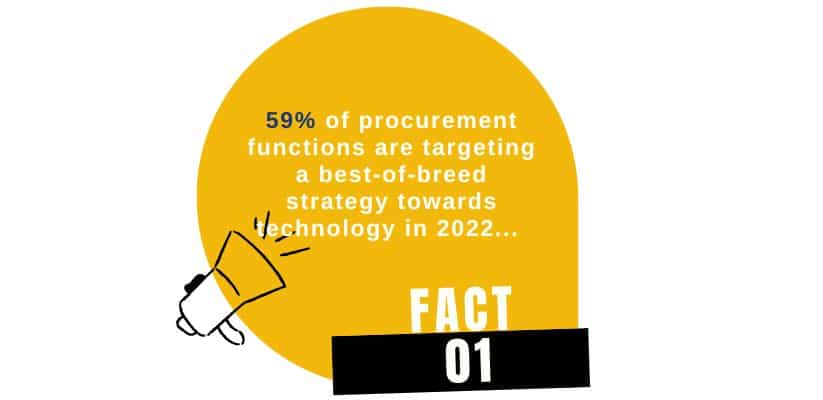
The working of the procurement process
The procurement process usually includes a number of steps. Here, the business checks specific goods and services required, sources the suppliers to help companies achieve business objectives, and shuffles the cost and terms while purchasing and receiving the concerned items.
A small-scale business might just have a person handling the procurement of goods and services. The large-scale companies might have experienced persons in dealing with various suppliers as well as related business groups. For some of the products/ services, the team members might take inputs from different business groups so as to check the business’s overall demands.
The vital point to consider here is that the procurement process is an ongoing process and does not include a series of isolated actions. Suppose, your business aims to establish proper relationships with the key suppliers to fetch the best service and relatively lowest costs. It will translate into higher profit margins finally. Organizations may also require to conduct particular quality assurance checks and overall performance analyses while making sure that suppliers must meet all business expectations.
<< Also Read: The Possibilities of Global Procurement for Suppliers through a Single System>>
Prime stages of procurement
The procurement process has 3 distinct stages sourcing, purchasing and receiving stage.
Now, let’s see all of them.
Sourcing stage-
It is one of the major stages of the procurement process in which the business checks its requirements, develops a purchase request and more. Though the initial sourcing steps are complete, it is a good method to develop strong supplier relationships. They can develop scenarios for suppliers to get things from learners while improving the processes, products, and equally trust.
Payment stage-
The accounts payable involves a 3-way matching thing that makes sure about the order and invoice accuracy. However, the invoice can be easily approved and the final payment is arranged. Now, this can record all invoices, payments, and orders that should be kept carefully maintained.
Purchasing stage-
The term involves navigating terms, receiving and creating orders, and checking goods and services.
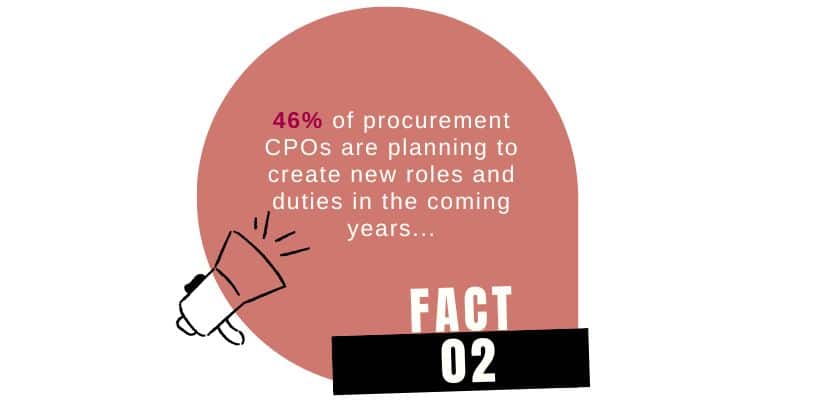
What are the critical steps in the procurement process?
The procurement process changes hugely depending on every company’s structure as well as needs. It includes the major 9 steps-
1. Analyze the company’s needs for goods and services-
Initially, a business should analyze the requirements for a particular item or service. Now, this item might be a new one for the company, a subscription renewal or restock of existing goods. The first step includes going deep into the business details. These details might be anything like technical specifications, service characteristics, materials, part numbers, and more. It would be rather a good idea to catch all consulting g departments that have got a bad impact on the purchasing decision. This will make sure that the procured items are affecting the departmental needs accurately.
2. Send purchase request-
When an employee or a business group requires to procure a particular quantity of new services and supplies, a formal purchase request is made. Usually, a purchase request indicates requirement of the company. It is carried out through departmental managers, purchasing staff, or even specifications including time, price, and quantity to make thing even more precise.
<< Also Read: What is a manufacturing execution system?>>
3. Evaluate and select vendors-
With a particular approved purchase request and list of requirements, the first thing to follow is to get the best vendor. The second requirement is RFQ i.e. request for quote sent by the purchasing person to the potential suppliers. Here, it is quintessential to stay as detailed as possible.
Remember that vendor evaluation should not be just on the cost but also the quality, speed, and reliability. A lot of companies thinks of social responsibility or ethics since procurement is being closely related to corporate image.
4. Negotiate terms and price-
Before making a decision you should at least have a minimum of 3 quotes from the suppliers.
5. Generate a purchase order-
First, you should fill purchase order and then send it to the supplier. However, the purchase order should be better in detail to check the proper services as well as goods required to fill the order.
6. Get and check goods delivered-
Keenly check deliveries for all damage and errors. This stage makes sure that
7. Manage requirements matching-
The accounts payable department should always check if there is an accurate three-way match and look at the invoice. Also, businesses should look to have a flawless invoice procedure through accounts payable. They should check the payments should get matched with the invoice amount along with the due date.
8. Invoice and arrange payment
Explaining about what is procurement next process, there lies invocie and arrange respective payments. Once the 3-stage match is accurate, you will pay the invoice. A standard process would ensure that invoices will always be paid on time that can help prevent late fees while aiding good relationships.
9. Keep records
Keep records right from purchase requests, invoices, receipts, and more. The records prove useful for various reasons while assisting company reorder goods at the required price. However, the records should be more accurate and clear for resolving high level disputes.
